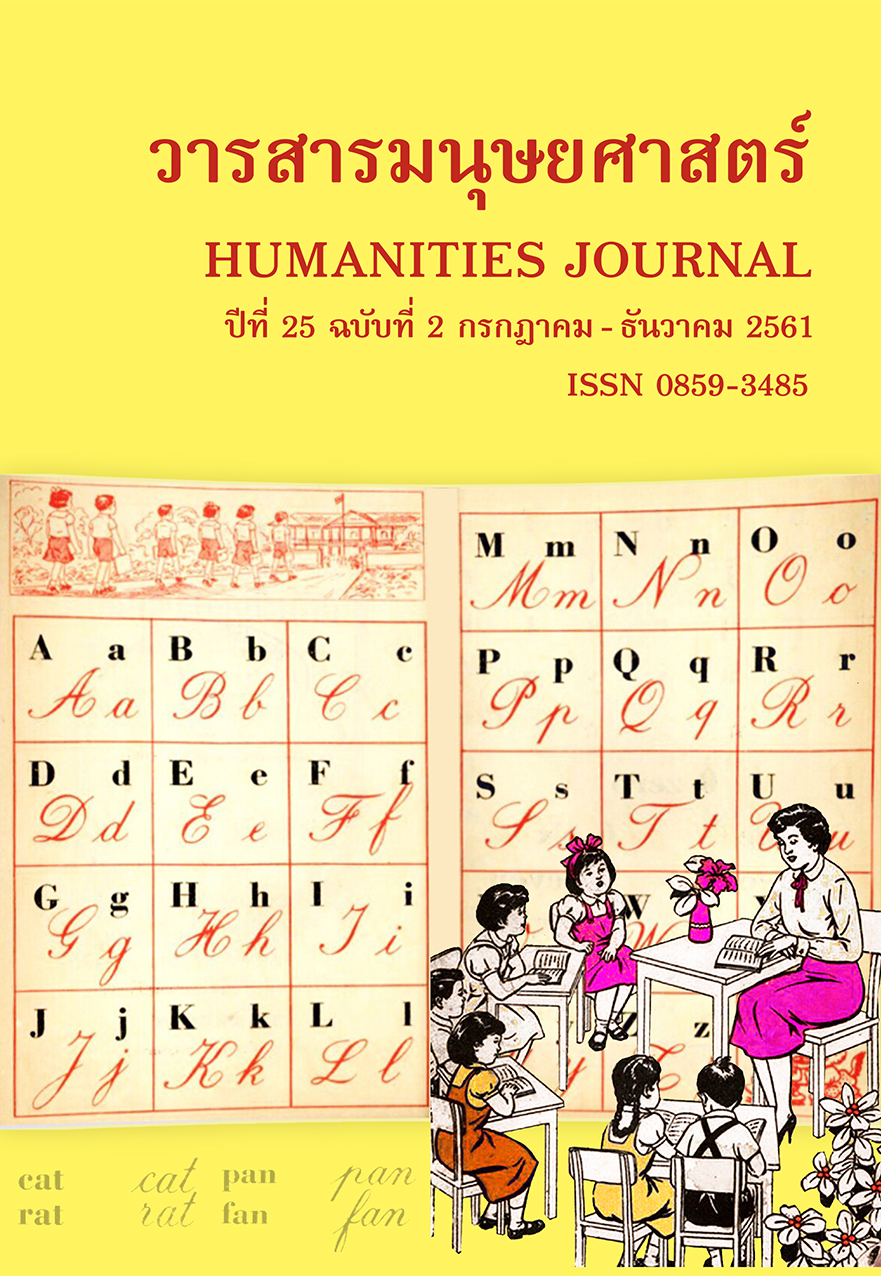แนวคิดเรื่องจิตเดิมแท้ในพุทธปรัชญาเซน
Main Article Content
Abstract
This article is a study of the issue of Original Mind in Zen Buddhist philosophy, which is the question of whether it is originally pure or not. This study is an analysis of Mahayana Buddhist texts and comparison with Mind in Theravada Buddhist philosophy.
The term “Original Mind” is found only in Zen philosophy. It was first used by Hui-neng, who was the sixth patriarch of Zen. The practices of Zen called Koan, Zazen, and Mondo are methods for attaining Enlightenment, or Satori, which is “attaining the Bodhicitta or Original Mind” which is the Buddhahood in everybody’s life. Hence, Bodhicitta, Buddhahood, Satori, Empty Mind, and One Mind are synonymous with Original Mind in Zen Buddhist philosophy.
The result of this study of Original Mind is that it is truly pure, but it is different from Theravada Buddhist philosophy. This mind in Theravada emphasizes Translucent Mind or Radiant Mind (Pabhassaracitta) which is different in meaning from pure mind in Zen Buddhist Philosophy. However, the difference between Theravada and Zen is only in interpretation because in practice the essence of attaining Original Mind of Zen is the same as that of attaining Enlightenment of another school-the essence is liberation.
Article Details
References
ประสงค์ กิตฺติญาโณ (พรมศรี), พระมหา. (2557). การพัฒนาจิตแบบพุทธนิกายเซน. นนทบุรี: วารา.
พจนา จันทรสันติ, แปล. (2546). กุญแจเซน (พิมพ์ครั้งที่ 8). กรุงเทพฯ: มูลนิธิโกมลคีมทอง.
พระธรรมปิฎก (ป.อ. ปยุตฺโต). (2546). พจนานุกรมพุทธศาสน์ ฉบับประมวลธรรม (พิมพ์ครั้งที่ 12). กรุงเทพฯ: มหาจุฬาลงกรณราชวิทยาลัย.
พุทธทาสภิกขุ, แปล. (ม.ป.ป.ก). คำสอนฮวงโป. กรุงเทพฯ: ธรรมสภา.
พุทธทาสภิกขุ, แปล. (ม.ป.ป.ข). สูตรของเว่ยหล่าง. กรุงเทพฯ: ธรรมสภา.
ละเอียด ศิลาน้อย และธานินทร์ เหมบุตร, เรียบเรียง. (2536). วิมุตติกถา: บทบันทึก คำอุทานของพระเซนขณะบรรลุธรรม (พิมพ์ครั้งที่ 2). กรุงเทพฯ: สมิต.
สมบูรณ์ วุฑฺฒิกโร (พรรณา), พระมหา. (2551). จิตตมาตรของนิกายโยคาจาร: การศึกษาเชิงวิเคราะห์บนฐานแนวคิดเรื่องจิตในพระพุทธศาสนายุคต้น. พระนครศรีอยุธยา: มหาวิทยาลัยมหาจุฬาลงกรณราชวิทยาลัย.
สมภาร พรมทา. (2546). พุทธศาสนานิกายเซน: การศึกษาเชิงวิเคราะห์ (พิมพ์ครั้งที่ 3). กรุงเทพฯ: จุฬาลงกรณ์มหาวิทยาลัย.
สุมาลี มหณรงค์ชัย. (2548). พระนาคารชุนะกับคำสอนว่าด้วยทางสายกลาง. กรุงเทพฯ: ศยาม.
เสถียร โพธินันทะ. (2555). ปรัชญามหายาน (พิมพ์ครั้งที่ 6). กรุงเทพฯ: มหามกุฏราชวิทยาลัย.
อมร ทองสุก. แปล. (2550). พระสูตรธรรมของเว่ยหล่าง (พิมพ์ครั้งที่ 2). กรุงเทพฯ: ส่องศยาม.
Kuan, C, trans. (2007). The Diamond Sutra (The Diamond Prajna-Paramita Sutra). Taipei City: Mahavairochana Temple.
Ming-wood Liu. (1985). The Mind-only Teaching of Ching-ying Hui-yuan: An Early Interpratation of Yogacara Thought in China. Philosophy East and West, 35(4), 351-376.
Mou-Lam, W., trans. (1969). The Sutra of Hui Neng. Berkeley: Shambhala.
Nhat Hanh, T. (2001). Transformation at the Base. California: Parallax Press.
Sasaki, Ruth Fuller, Iriya, Yoshitaka and Fraser, Dana R. trans. (1976). A Man of Zen: The Recorded Sayings of Layman Pang. New York: Weatherhill.
Suzuki, Daisetz Teitaro, trans. (1968). The Lankavatara Sutra. London: Routledge & Kegan Paul Ltd.
Suzuki, Daisetz Teitaro. (2000). Zen and Japanese Buddhism. New Delhi: Munshiram Manoharlal.
Suzuki, Daisetz Teitaro. (2007). Studies in the Lankavatara Sutra. New Delhi: Munshiram Manoharlal.
Suzuki, Shunryu. (2011). Zen Mind, Beginner’s Mind: Informal Talks on Zen Meditation and Practice. T. Dixon. (Ed.) Boston: Shambhala.


